How much does it cost to run a hot tub under the January 2025 energy price cap?
Wondering how much it costs to run a hot tub? We've got everything you need to know to help you save money

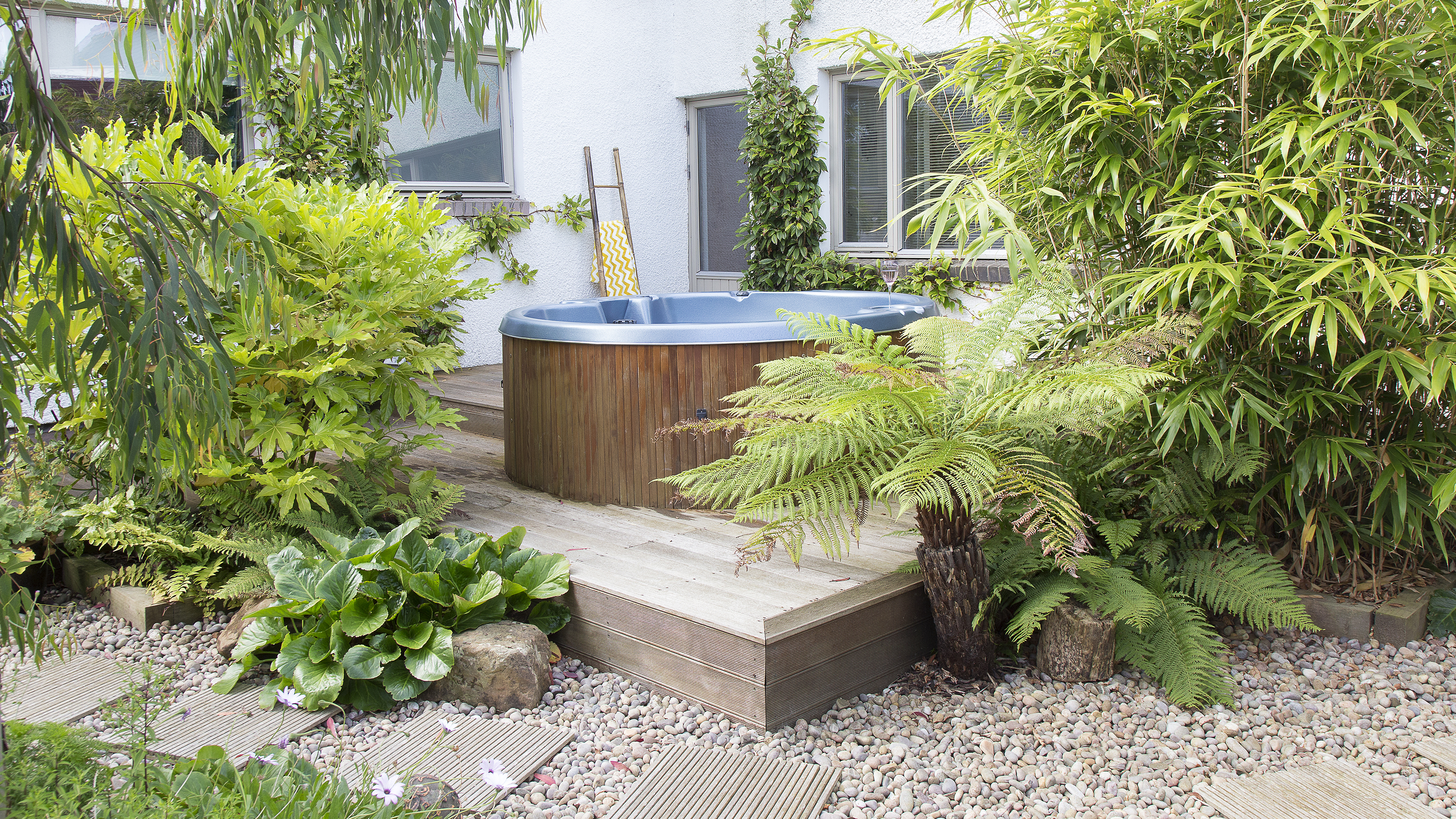
This article has been updated to calculate the cost to run based on the January 2025 energy price cap. It has also been fact-checked and any out-of-date information removed.
So you've decided to live the dream and buy one of the best hot tubs you've secretly been coveting for an age. But while we don't want to burst your bubble(s), it's worth knowing the cost to run a hot tub before you invest.
To put it plainly, hot tubs can use a lot of energy, as you've probably seen on the face of your smart meter. And it's crucial you understand the running costs, especially with a rise in the energy price cap.
That said, if a soak in a hot tub is going to help you destress and improve your well-being at home it's worth doing the sums if you're thinking about taking the plunge. In fact, if you're a spa-going fiend investing in a hot tub to relieve aches and pains could actually save money in the long run. Plus there is no denying that a garden hot tub is always a fantastic party centrepiece for friends and family to gather around in winter and summer.
We’ve worked out how much you can expect to spend on running a hot tub at home – and discovered ways to drive that cost down with accessories and good maintenance.
How much does it cost to run a hot tub?
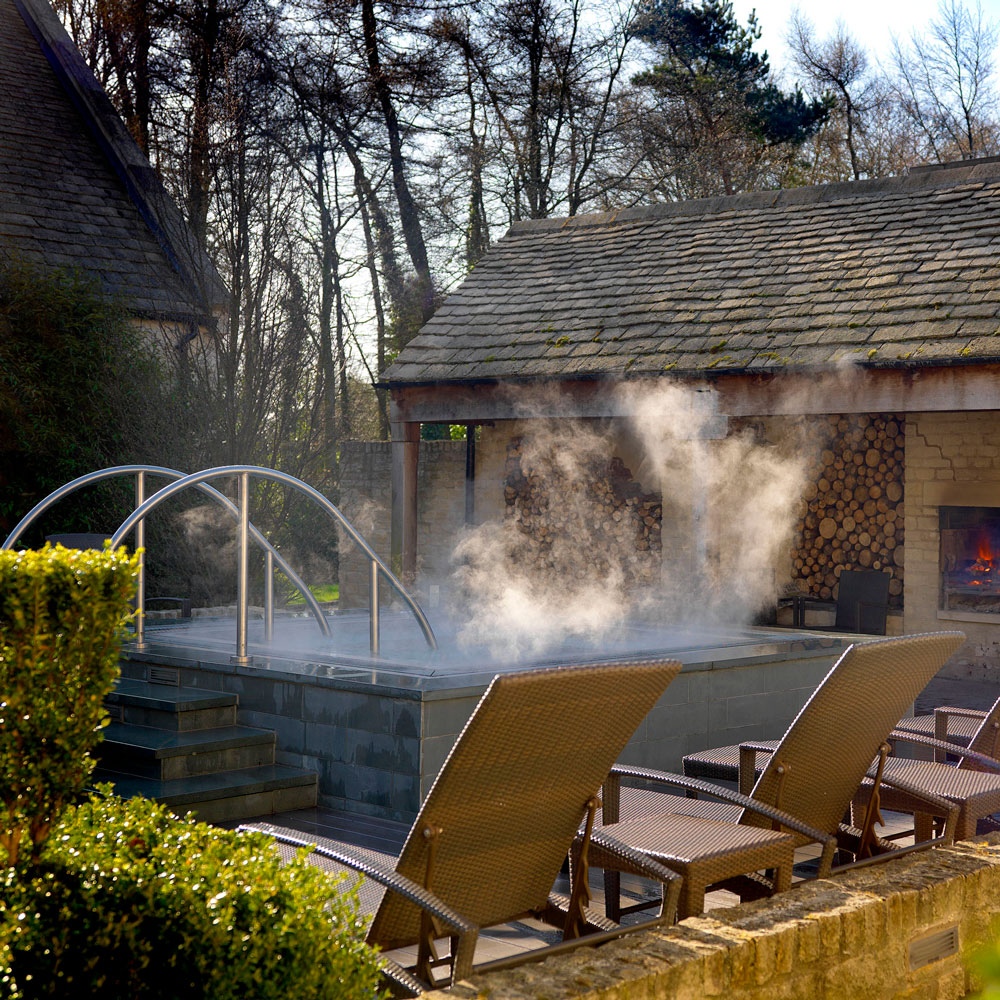
We have worked out what a hot tub can cost to run based on the January 2025 price cap at 24.86p per kWh of electricity. But ultimately, the cost to run will depend on how much power your hot tub uses.
An example hot tub with a 3kW heater would cost 74.5p per hour to run on full for water heating alone. Energy for powering a pump will add to this cost, plus bubbly water will lose heat faster than calm water.
There are also several other factors that affect how much energy a hot tub uses. The first is how much water it contains – many hot hubs can hold more than 1,000 litres. The greater the volume that needs heating, the higher the running costs.
Sign up to our newsletter for style inspiration, real homes, project and garden advice and shopping know-how
The next factor is water temperature. This is typically set between 36°C to 40°C, but in hot weather, can be reduced. The higher the water temperature, the more energy will be required to maintain it, and therefore your electricity bill will be getting higher.
Whether a hot tub is installed indoors or outdoors also affects running costs. An indoor hot tub will have a much higher year-round ambient temperature, meaning lower running costs than an outdoor hot tub. If outdoors, ensure your hot tub is in a sheltered or covered area to prevent wind chill.
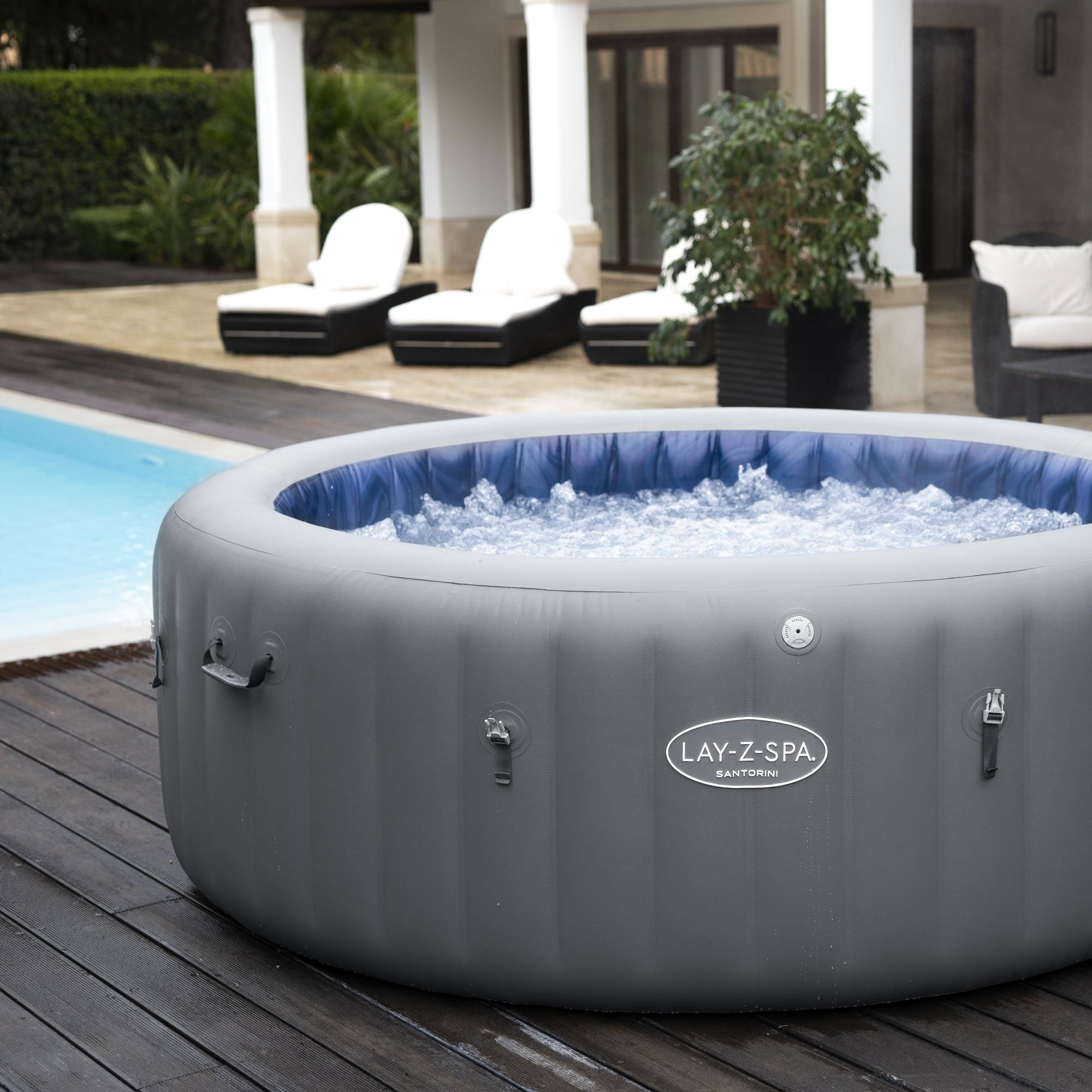
Are some hot tubs cheaper to run than others?
In short, yes. There are four main types you'll come across:
- Inflatable models that can be moved around
- Permanent hard shell (usually plastic or acrylic) hot tubs
- Hot tubs that are built into the ground
- Wood-fired hot tubs
These different hot tubs will all cost different amounts to run . ‘Hot tubs advertised very cheaply can be poorly insulated,’ explains Sallie from BISHTA. ‘Always ask your retailer how cost-effective they are to run and ask them to provide any published figures they may have to ensure that the hot tub has sufficient insulation.’
'Running costs will be impacted by a variety of factors from the size of the hot tub, water capacity, positioning of the hot tub, outside temperature, usage etc,' says Tom Drakett, Brand Marketing Manager at Lay-Z-Spa. 'Well-constructed hot tubs, energy-saving features such as timers, and lids will generally be cheaper to run.'
Inflatable hot tubs tend to have the least insulation and so cost more to run. For example, Lay‑Z‑Spa claims to be the most energy-efficient and best-insulated inflatable hot tub brand, yet it would still cost over £5 to run a day. This comes despite a test by independent body SGS using a 2‑4 capacity 669 litre Lay‑Z‑Spa hot tub finding it cheaper to run than three competitors.
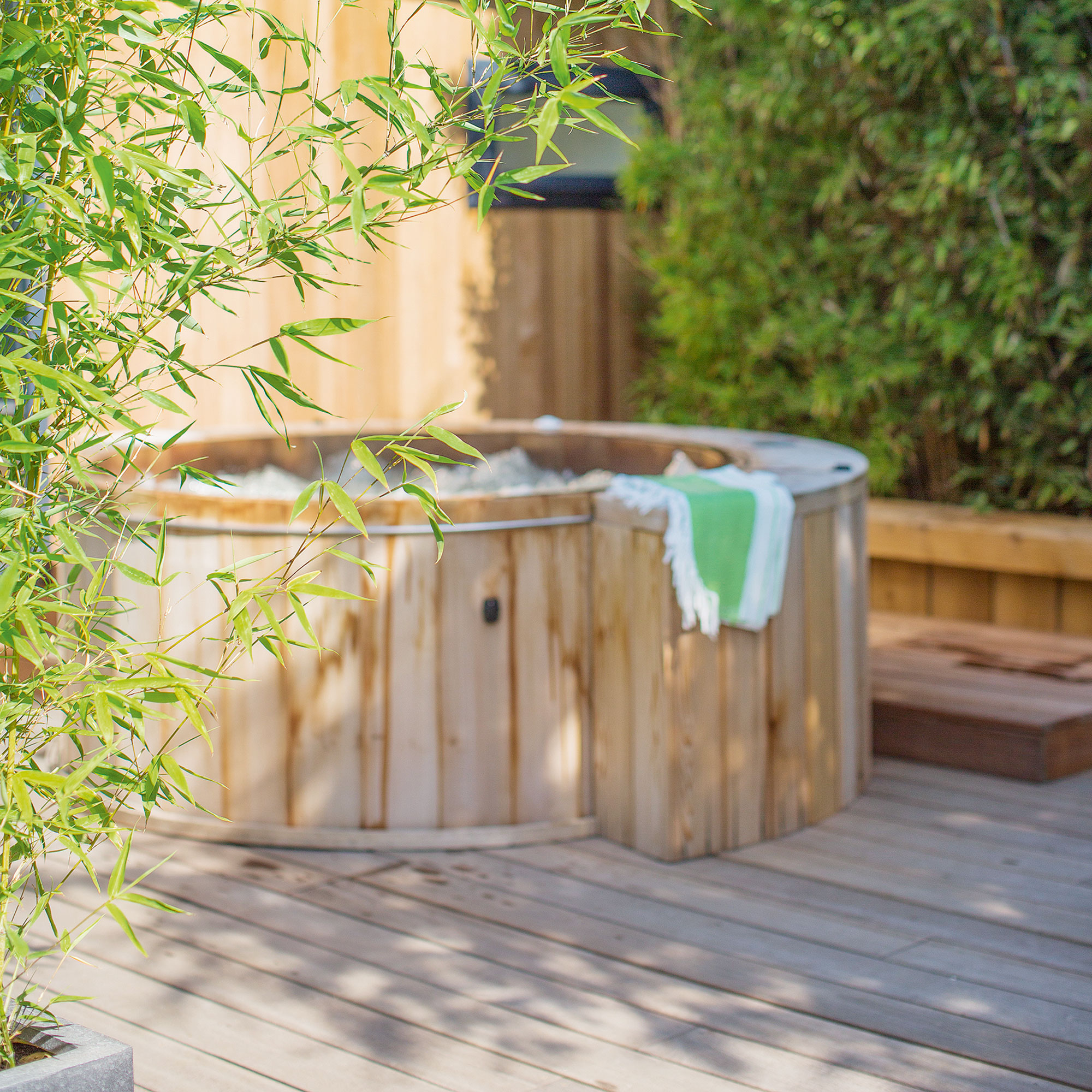
What energy saving features should I look for when buying a hot tub?
Looking for ways to save energy at home? These handy hot tub features could be a good place to start:
1. Hot tub cover
‘Hot tubs should be sold with covers for safety reasons, but they also help to keep the water free from debris and retain the water temperature by reducing heat loss,’ says Sallie from BISHTA.
Make sure your cover has been made for your specific hot tub model to ensure the best fit and that it’s airtight. Check it periodically for any bowing that will release heat.
If your cover could do with an upgrade you can also invest in one of Lay-Z-Spa's thermal covers that promises to be 40% more energy efficient.
2. Energy-efficient heater
Some heaters have elements that transfer heat more effectively. For example, a titanium heater will conduct heat better than a stainless-steel one.
Bear in mind that although heaters have different kW ratings, this won’t directly affect overall energy usage. Heaters with larger kW ratings heat the water faster so won’t need to be on as long.
3. Thermostat
Warming up the water is one of the main costs of running a hot tub, so dropping the temperature down can be a good way to save. During the cooler months especially, turning down the temperature by 2-5°C will reduce costs.
4. Capacity
'Make sure to check the small print to see how large the capacity of the hot tub is before you buy,' recommends Amy Lockwood, Ecommerce Editor on Ideal Home and our in-house hot tub expert.
'This is both a better gauge of its size than the (often very optimistic) guidelines the manufacturer gives as to how many people will fit into it, but can also help you work out how much it will cost to heat. A larger capacity means more water that will need heating to reach the optimum bathing temperature'.
How can I cut the cost of running a hot tub?
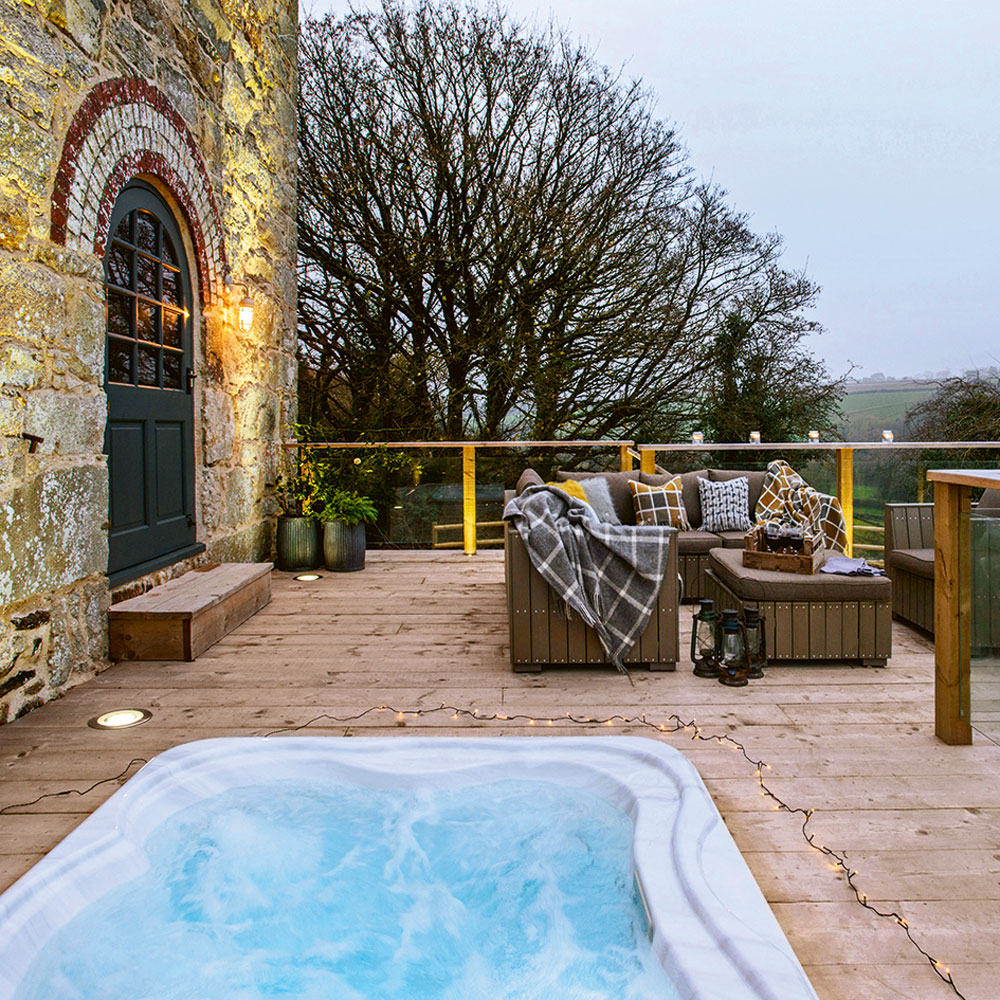
If you're keen to find ways to cut the cost of running your own hot tub, there are a few energy saving tricks you can use.
1. Add a blanket
Invest in a thermal floating blanket. These sit on the top of your hot tub water to help reduce heat loss, providing an extra layer of insulation in addition to your cover. Choose a good-quality blanket as cheap blankets can disintegrate over time and block pipes.
2. Turn down the heat
If you’re going away on holiday, or know you won’t be using the hot tub for a while, set the temperature to 30 degrees. It might seem counterintuitive, but it’s more cost-effective to leave your hot running – the heater has to work harder to heat the water from scratch than maintain a steady temperature.
3. Clean the filter
Clogged or dirty filters have to work harder to move water and air around, using more energy. Clean filters every week and replace every year so they work as efficiently as possible.

Rachel Ogden is a freelance journalist with more than 20 years’ experience of writing, editing and sub-editing. Since 2007, she's worked exclusively in interiors, writing about everything from extending your home to kitchen worktops, flooring, storage and more. She specialises in product reviews, having reviews hundreds of small and large appliances and homeware.